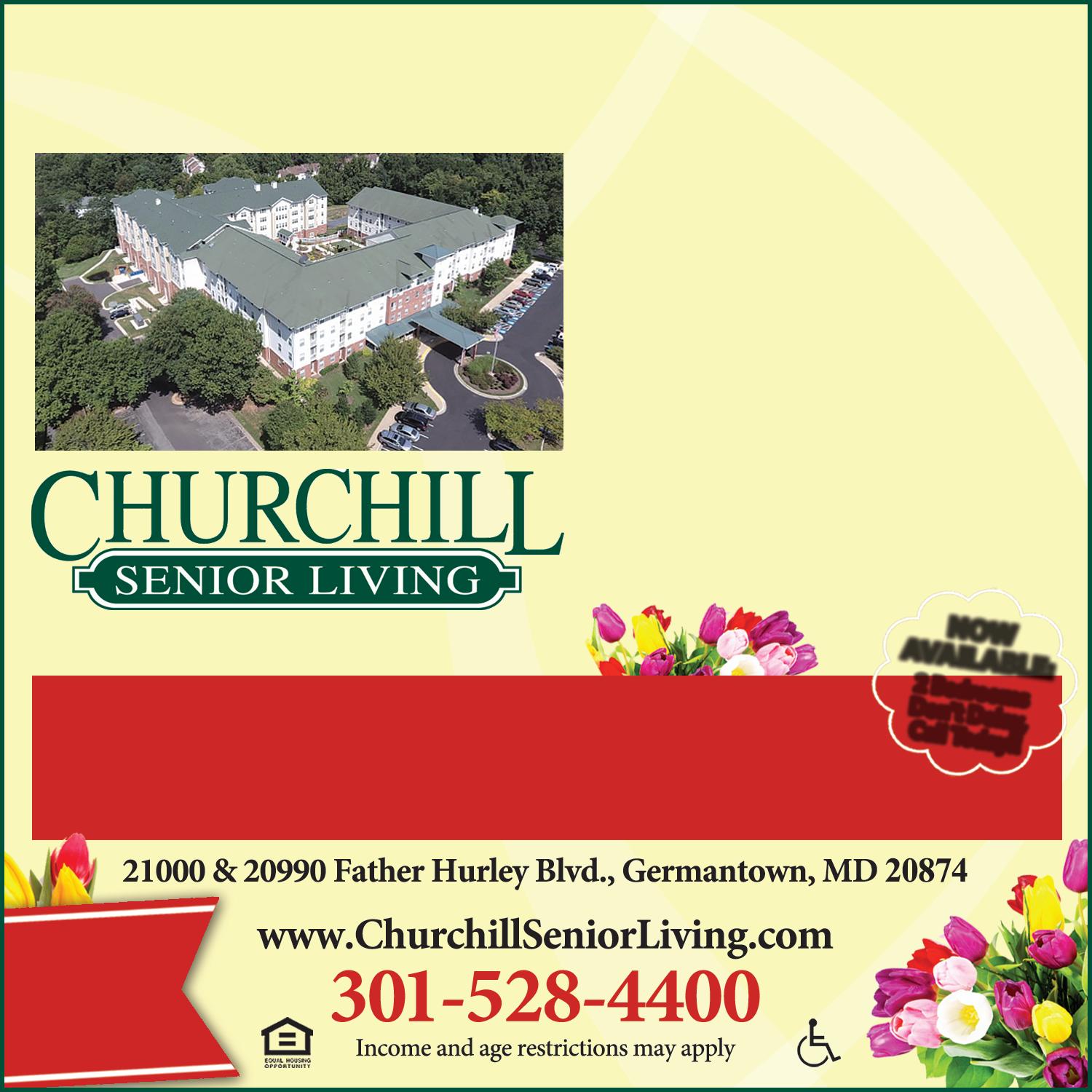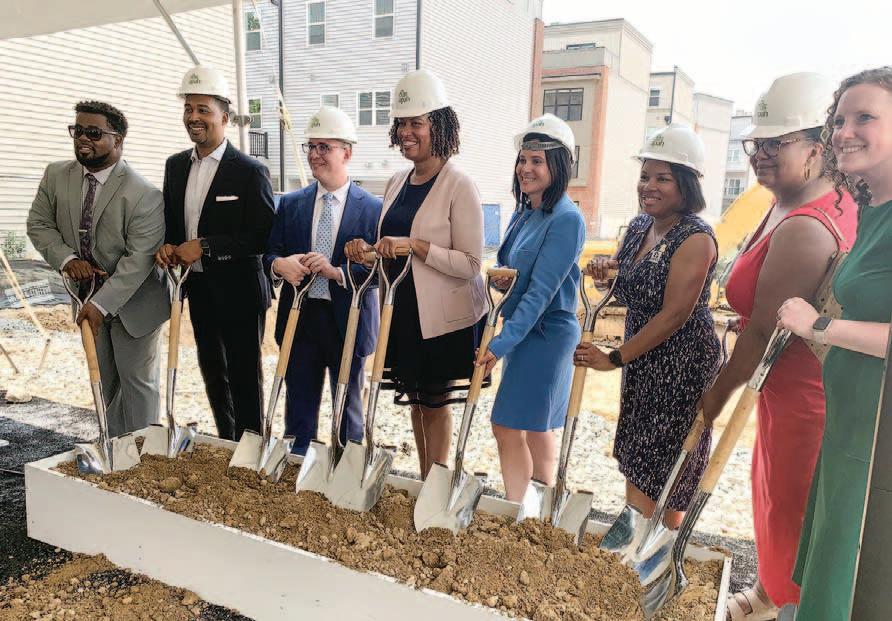
5 minute read
Heard about tinnitus? It has a ring to it
Tinnitus is a condition characterized by hearing some kind of noise or ringing in the ears, often described as buzzing, roaring, clicking, hissing or humming, when no external sound is present.
Tinnitus is not a disease itself but rather a symptom of an underlying health issue, which could involve the ear, the auditory nerve, or other areas of the brain. Coping with it is very difficult sometimes!
According to the American Tinnitus Association, the condition affects approximately 15 to 20% of the population in the United States, which equates to around 50 million people! Among these, 2 million have extreme and debilitating cases.
2. Meniere’s Disease: This is an inner ear disorder characterized by ringing in the ear, a spinning sensation (vertigo), and some degree of hearing loss.
3. Eustachian Tube Dysfunction: This occurs when the eustachian tubes, which connect the middle ear to the back of the nose, don’t open or close properly. This can cause a variety of symptoms including noises in the ear.
Some of the most common drugs include:
1. Aspirin or salicylates, especially in high doses
2. NSAIDs, such as ibuprofen or naproxen
3. Antibiotics: certain ones have been linked to tinnitus
4. Antimalarials: such as chloroquine or hydroxychloroquine
5. Antidepressants: tinnitus can be a side effect of certain ones potentially useful. Magnesium is probably the most exciting natural option.
If you suspect that a medication is causing tinnitus, speak to your doctor.
I have more information about the condition, its causes, and various treatments (both prescription drugs and natural treatments) in a longer version of this article at my website, suzycohen.com.
If you have symptoms of tinnitus, see an ear, nose and throat (ENT) doctor or an audiologist. More information is also available at www.ata.org.
By Suzy Cohen
4.Medications: Certain medications, especially in high doses, can cause tinnitus as a side effect. (See more below.)
5. Earwax Buildup: Sometimes, a simple buildup of earwax can cause tinnitus.
Some natural remedies could help. For example, ginkgo biloba may increase blood flow to the head and neck. It may also backfire, so use under the guidance of a doctor.
Melatonin, B vitamins and zinc are also
This information is opinion only. It is not intended to treat, cure or diagnose your condition. Consult with your doctor before using any new drug or supplement.
Risk factors for the condition include age (believed to be due to cumulative effects of noise exposure over time), chronic exposure to loud noise or sudden exposure to very loud noise, certain medical conditions, certain medications, and ear and sinus infections (which sometimes cause temporary tinnitus).
Let’s go through eight common causes for tinnitus.
1. Pulsatile Tinnitus: This type of tinnitus matches the heartbeat. It can be due to various causes, including high blood pressure, changes in the blood vessels near the ear, or increased blood flow near the ears. See a doctor if you have this; it can indicate a dangerous condition.
6. Blood Vessel Disorders: Conditions such as atherosclerosis or an arteriovenous malformation can sometimes cause tinnitus. Also, over-thinning the blood, usually through the use of anticoagulant or antiplatelet medications, can alter the flow of blood through the vessels and be a cause.
7. Middle Ear Conditions: Problems with the bones in the middle ear can cause tinnitus.
8. Anemia: A low red blood cell count can sometimes cause a person to hear the blood flowing through their ears.
Now let’s talk about the medications that are commonly associated with tinnitus. It’s incorrect to assume that you have to take these medications chronically to trigger an episode. It could happen faster than that.
Suzy Cohen is a registered pharmacist and author of The 24-Hour Pharmacist and Real Solutions from Head to Toe 4435


VA

Dear Seniors,
Just last month, I had the incredible opportunity to attend the USAging Conference in Salt Lake City, Utah. This four-day event, held from July 16 -19, brought together professionals from various fields, all united by a common goal: to ensure that every Older American, regardless of their background, color, or Zip code, has access to the resources and services they need to live boldly and thrive in the communities they know and love.
The commitment and passion I witnessed in my fellow attendees reaffirmed my belief in the immense potential for positive change in the aging sector. Throughout the conference, I had the opportunity to participate in a wide range of thought-provoking sessions. From “Capitalizing on Partnerships to Extend the Reach of Kinship Navigator Programs” to “Innovative Strategies to Address Staffing Shortages,” every session provided invaluable insights into the challenges and opportunities we face in our mission to improve the lives of older adults.
One particular session that stood out to me was “Access to Services for People with Dementia Aging at Home.” It shed light on the pressing need to develop comprehensive support systems for seniors living with dementia, allowing them to age gracefully in the comfort of their homes while maintaining their dignity and independence.
Another session was “Tackling Recurring Abuse and Neglect Through Technical and Systems Innovation.” As we strive to create safe environments for our most vulnerable residents and improve the work of our Adult Protective Services Unit, innovative solutions and collaborations with technology providers are essential in combating abuse and neglect effectively.
In addition to the conference sessions, I had the pleasure of visiting a senior wellness center in Salt Lake County. Witnessing firsthand how our counterparts in the West provide critical services to their seniors was both inspiring and insightful. It underscored the importance of continuously exchanging knowledge and experiences to ensure best practices are implemented nationwide.
As I return from this transformative experience, I am more determined than ever to lead with compassion and empathy, building my capacity and my leadership toolkit, while continuing to advocate for a brighter future for DC’s oldest residents. My resolve to foster partnerships, embrace innovation and address challenges is stronger, knowing that these efforts will positively impact the lives of countless seniors across the District.
I am deeply grateful for the opportunity to attend the USAging Conference, and I extend my appreciation to all the organizers and participants who made this event possible. Together, we will work tirelessly to create a Washington, DC where every older adult can live boldly and thrive, regardless of the obstacles they face.



In Service, Charon P.W. Hines
Last month, Director Hines represented Washington, DC at the USAging 48th Annual Conference & Tradeshow in Salt Lake City, Utah. Emphasizing the theme “Answers on Aging,” Director Hines joined thousands of aging professionals throughout the four-day event, all dedicated to enhancing the quality of life for Older Americans across the nation. Her attendance reaffirms our city’s unwavering commitment to fostering a thriving and inclusive aging experience for all.
Last month, Director Hines joined Mayor Muriel Bowser and fellow Lamond Riggs community members to break ground on Riggs Crossing Senior Residences, a new 93-unit senior affordable housing development coming to the Riggs Park community. Riggs Crossing Senior Residences is the second phase of a two-phase project at the intersection of Riggs Road and South Dakota Avenue NE. DACL is incredibly grateful for the Mayor’s commitment to creating affordable housing for DC seniors, not just in Ward 4 but across all eight wards.









